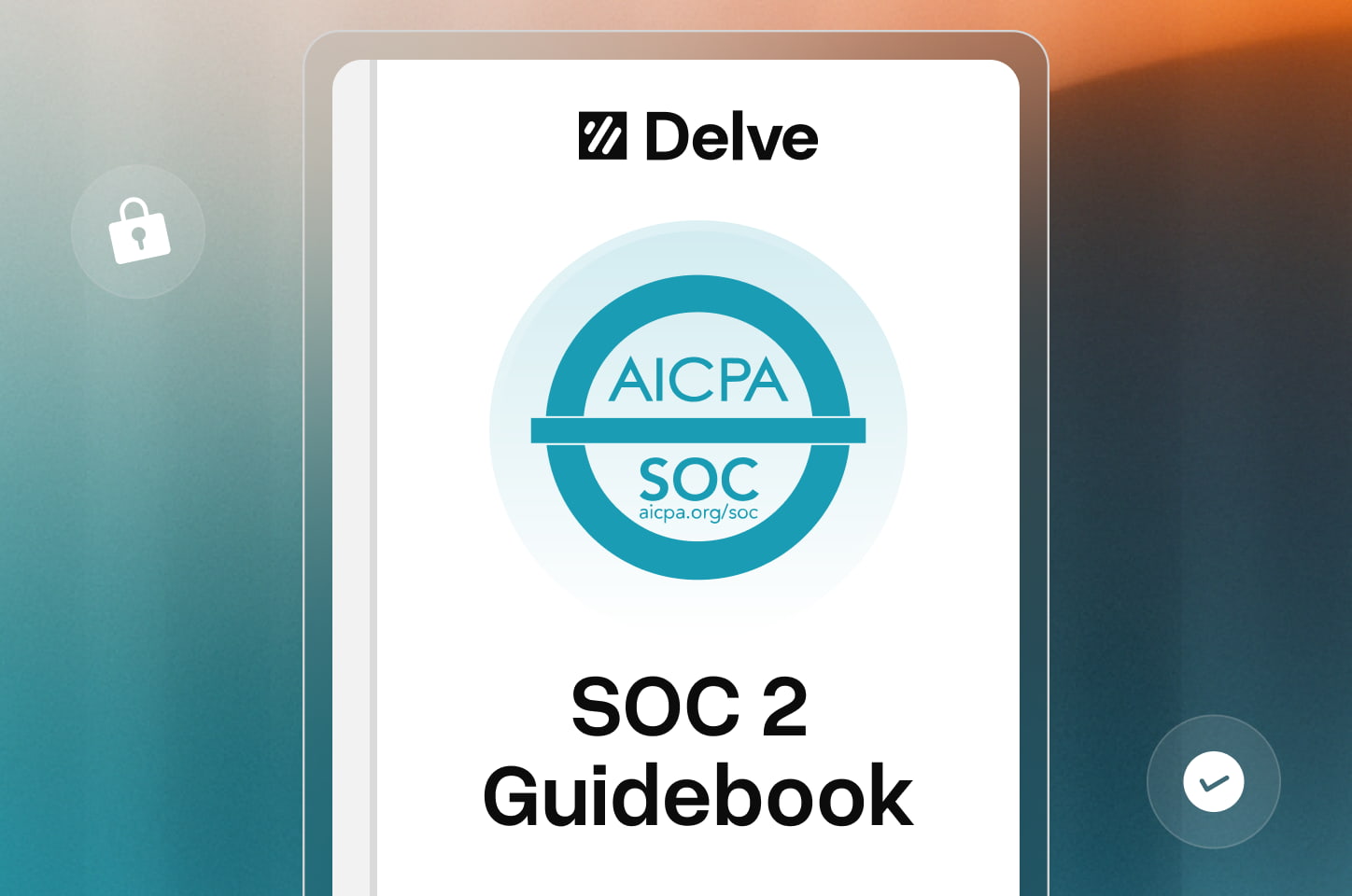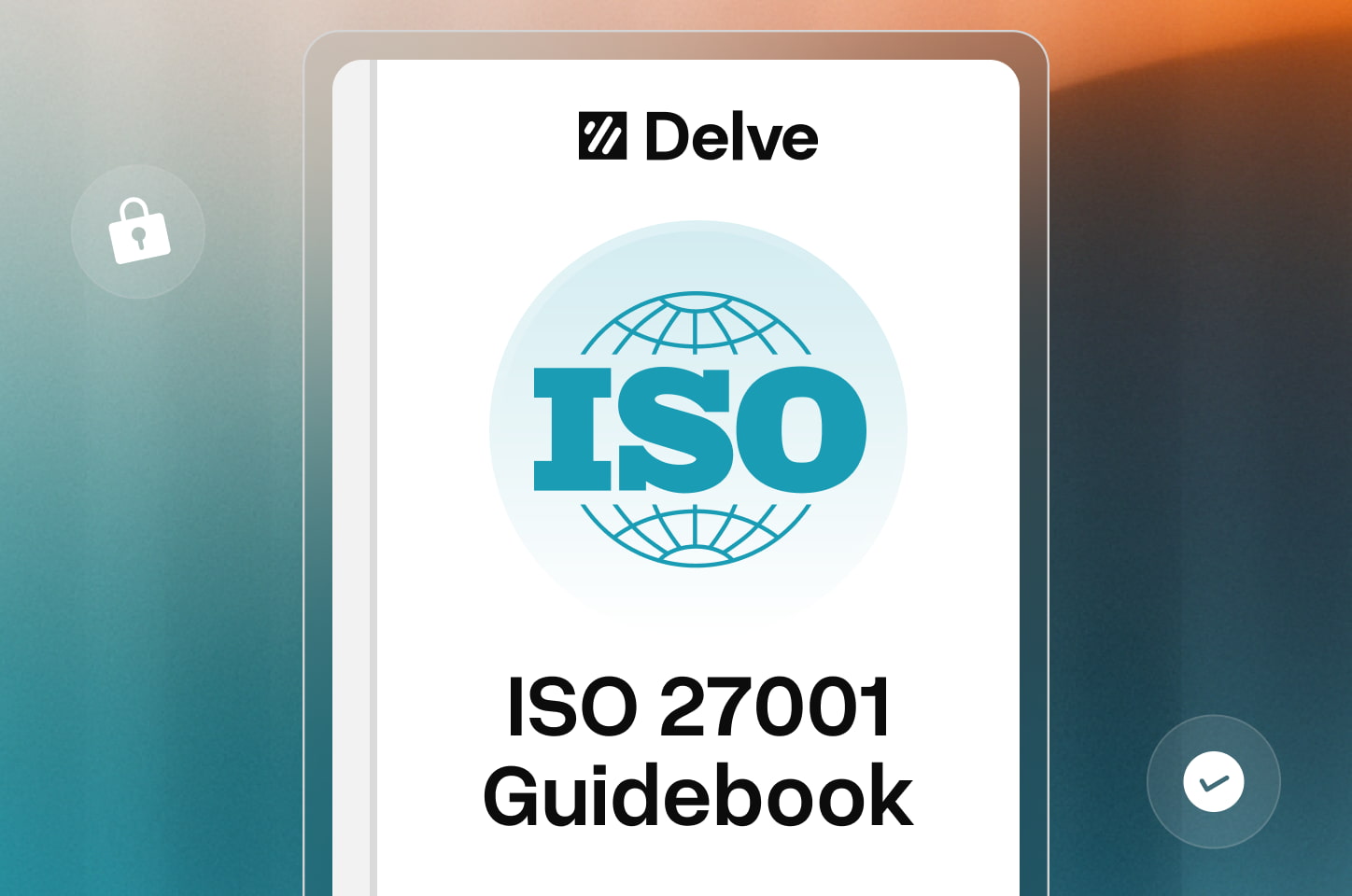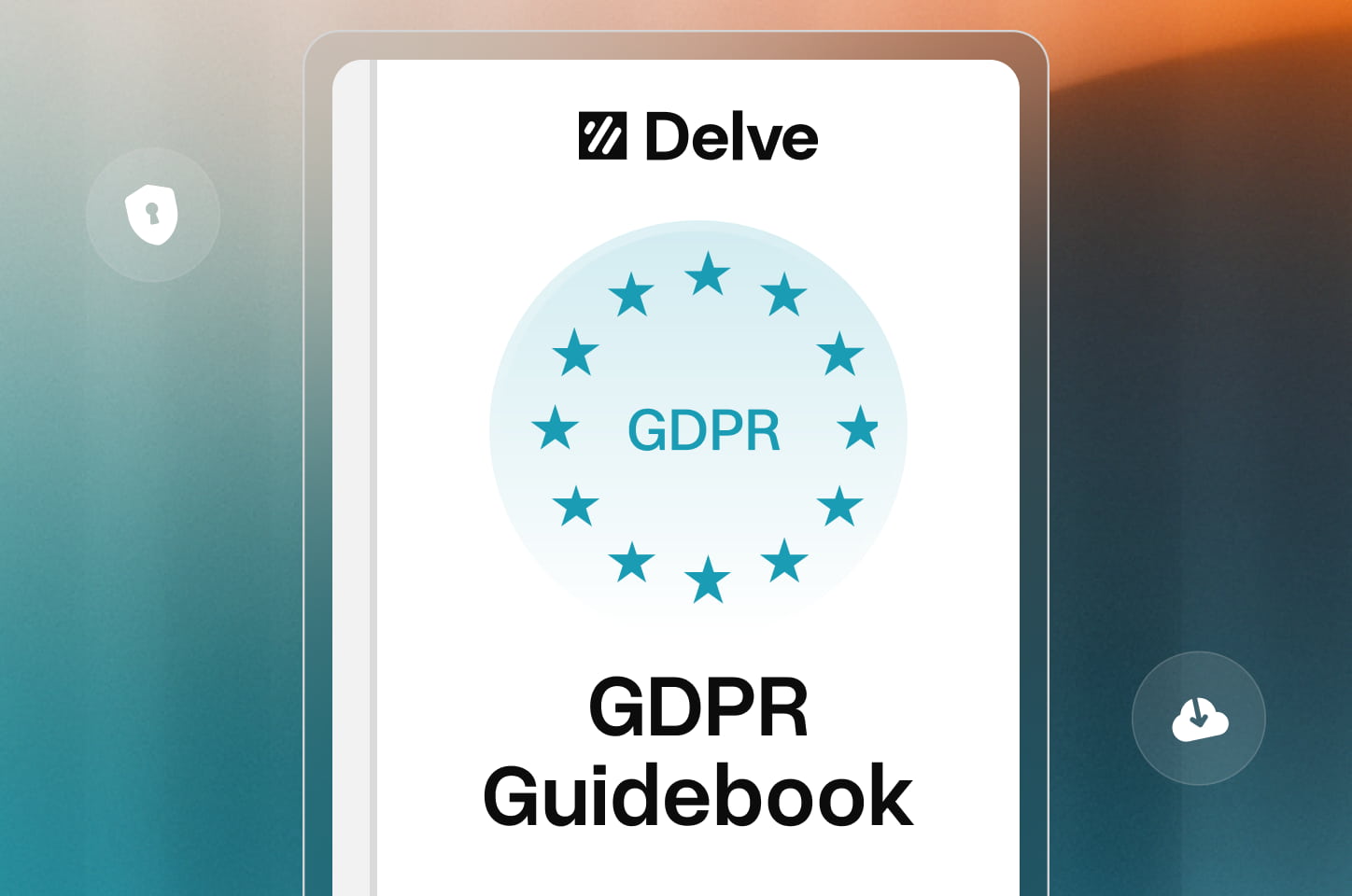Introduction to SOC 2
SOC 2 is a security framework developed by the AICPA to evaluate an organization's controls for security, availability, processing integrity, confidentiality, and privacy. It is essential for service organizations handling sensitive client data, ensuring compliance and trust. SOC 2 reports help businesses assess risk and demonstrate strong internal controls. This enhances data protection, regulatory compliance, and competitive advantage.

What is SOC 2?
SOC 2, or "System and Organization Controls 2," is a framework designed by the American Institute of Certified Public Accountants (AICPA). It evaluates an organization’s controls relevant to security, availability, processing integrity, confidentiality, and privacy. SOC 2 ensures that service organizations securely manage data to protect their clients' privacy and interests.
The SOC 2 report is the result of an examination of a service organization’s description of its system and controls to provide assurance regarding service commitments and system requirements. It includes Type 1 (evaluates controls at a specific point in time) and Type 2 (examines controls over a defined period) reports.
Who needs SOC 2?
SOC 2 reports are critical for service organizations that store, process, or transmit sensitive client data. This includes industries such as healthcare, finance, IT services, and cloud computing. Companies outsourcing their services must often demonstrate compliance to user entities, business partners, and regulatory bodies.
The guide states, “User entities and business partners may request a SOC 2 report to support their risk assessments,” helping them assess the design and effectiveness of controls within the service organization.
Why is SOC 2 important?
SOC 2 is important because it builds trust between service organizations and their clients by verifying the implementation of strong internal controls. It helps mitigate risks such as data breaches, service downtime, or unauthorized access. The report ensures compliance with regulatory requirements and industry best practices, providing a competitive edge.
The guide explains that SOC 2 reports “help organizations assess and address risks arising from their interactions with service organizations,” ensuring reasonable assurance that commitments are met.
What are the TSC?
TSC, or Trust Services Criteria, are the five principles SOC 2 examines:
- Security (Mandatory): Ensures systems are protected against unauthorized access and other risks. Controls include firewalls, two-factor authentication, and access management.
- Availability: Focuses on system uptime and reliability. Examples include disaster recovery plans and redundancy in infrastructure to maintain business continuityProcessing.
- Integrity: Confirms that systems function as intended, ensuring data accuracy and timely processing. Common controls involve automated data validation and error detection mechanisms.
- Confidentiality: Protects sensitive business information from unauthorized access. Techniques include data encryption and least privilege access.
- Privacy: Focuses on the proper handling of personal data in compliance with regulations such as GDPR. Key measures include notice-and-consent processes and data disposal protocols.
According to the AICPA guide, the TSC align with the COSO framework, which includes 17 principles designed for internal controls.
What are some of the typical controls needed for these?
Typical controls supporting the TSC include:
- Access Controls: Implementing multi-factor authentication and restricting access to authorized personnel only.
- Monitoring Systems: Using intrusion detection systems to identify threats.
- Change Management: Tracking and validating all system changes to ensure compliance.
- Data Encryption: Encrypting sensitive data at rest and in transit.
- Security (Mandatory): Ensures systems are protected against unauthorized access and other risks. Controls include firewalls, two-factor authentication, and access management
The AICPA SOC 2 guide highlights these controls under categories such as “logical and physical access controls” and “system operations,” emphasizing their importance in managing risks in
What is the process like to get SOC 2 compliant?
The SOC 2 compliance process involves several key steps:
- Preparation: Understanding the SOC 2 framework and identifying relevant TSC.
- Gap Assessment: Identifying and addressing weaknesses in existing controls.
- Implementation: Deploying controls aligned with TSC.
- Audit: Engaging a CPA or auditor to assess controls and issue a SOC 2 report

Where did SOC 2 come from?
Think of SOC 2 as the tech industry's response to a simple question: "How do we prove to customers that we're handling their data responsibly?" What started as a boring accounting standard in the 70s has evolved into something every growing tech company needs to think about.
Started in the 1970s-1990s
The accounting world created some basic rules for checking if service providers were doing things right. But these mostly focused on financial stuff - did the numbers add up? Were there proper controls? This worked fine until technology changed everything.
The Internet Changed Everything (2000s):
When cloud computing took off, companies started storing customer data everywhere. Suddenly, everyone was asking: "Is our data safe? Who has access to it? What happens if systems go down?" The old financial-focused audits just weren't cutting it anymore.
The birth of SOC 2 (2010):
This is when things got interesting. Instead of trying to force old accounting rules to work for modern tech companies, the industry created something new - SOC 2. It was built specifically for software companies, cloud providers, and really any business handling customer data.
What made it different? SOC 2 focused on the things that actually matter to modern companies:
- Security: How well you protect customer data
- Availability: Whether your systems stay up and running
- Processing Integrity: If your systems do what they're supposed to
- Confidentiality: How you keep sensitive information private
- Privacy: How you handle personal data

Today's Reality:
If you're running a growing tech company, SOC 2 has basically become a business requirement. Your enterprise customers will ask for it. It's become the standard way to prove you're serious about security and data handling.
The good news? While getting SOC 2 certified isn't exactly fun (let's be honest), it's a well-traveled path now. The framework has matured, there are plenty of tools to help, and it's become much more straightforward than it used to be.
Why It Matters for Growing Companies:
- It opens doors to bigger customers (especially enterprise)
- It helps build trust with your market
- It gives you a solid security foundation as you scale
- It's often required for serious fundraising rounds
The Bottom Line:
SOC 2 might have started as an accounting thing, but it's evolved into something much more practical: a way to prove to customers, investors, and partners that you're running a tight ship when it comes to security and data handling. While it might seem like a hurdle now, think of it as an investment in your company's growth - one that pays off in customer trust and market opportunities.
FAQs
Is SOC 2 mandatory?
No, a SOC 2 is not legally required by any organization. However, your customer may require you to obtain one in order to do business with you.
Is SOC 2 a certification or an attestation?
There’s no such thing as SOC 2 certification. It is more accurate to call the process of gaining compliance a SOC 2 attestation. This is because SOC 2 audits are conducted by licensed CPAs based on standards set by the AICPA—but there’s no certifying body or official certification. Auditors provide an objective report on your security posture that lacks a pass or fail outcome.
Who needs to comply with SOC 2?
SOC 2 compliance is not legally required for any organization. It’s completely voluntary for businesses to get and there are no fines or penalties for not having a SOC 2. This standard is commonly used by SaaS companies, organizations that provide business intelligence or analytics, and managed IT providers
Can you fail a SOC 2 audit?
You can’t technically "fail" a SOC 2 audit, as there’s no pass or fail system. Instead, the auditor provides an objective report on your security posture. If your controls or their execution don’t meet the required criteria, the report may include a “qualified opinion,” signaling areas that need improvement.
More Guidebooks



Don't let manual compliance slow you down.






